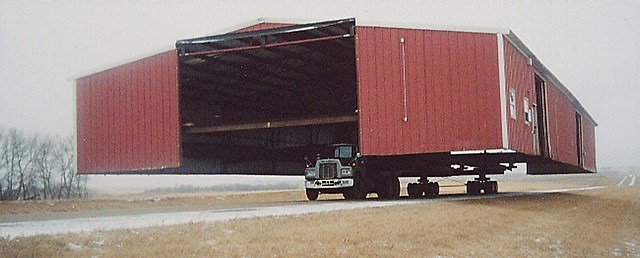![]() by Owen Andrew December 25th, 2014
by Owen Andrew December 25th, 2014

After a successful (we hope) run under your current format, youve made the difficult decision to uproot your blog from its existing home and move it to a new one on a different platform. Given the obstacles strewn across the path of such a move, its likely one youve given a great deal of thought already, and feel confident is the right one for your blog.
So lets dive right into making sure your move is as successful as possible, and that your blog is up and running at full capacity in its new format from the moment its let loose again on the internet stage. To do so, lets address some common perils that face such transfers, and how they can be avoided.
Moving Your Content
This step will largely be dependant on the platforms youre moving from and to. In some cases it will be relatively painless when the two formats are synergistic. In other cases, you may need to seek out custom scripts or 3rd party tools or plug-ins to help with your move.
In the case of transferring to WordPress, they have a robust listing of tools and scripts for transferring content from dozens of other formats into their own. Another great tool for converting data is the Google Blog Converters Appengine, an open-source project with scripts for executing conversions to or from the Blogger format.
If youre having trouble locating specific resources for your move, be sure to check out the portal community of your intended destination. There should be plenty of help and resources available for anyone trying to make the move to their blogging shores.
What Gets Moved And What Gets Left Behind
What actually gets moved will again be dependant on the type of move, and the process used, but its important that you know what is coming along and what will be left behind. This includes:
- Posts and Pages
- Tags and Categories
- Your Media Library and other uploads
- Menus, Custom Fields, and Custom Post Types
- Plugins that were being used with the old site
- Any settings on the old site that were tying everything together
You should ideally have all of this information contained in a spreadsheet, so you can see exactly what was going on at the old site. This will also be a great time for you to analyze your content and determine how you want the content laid out and formatted at your new site. This is your chance to not simply migrate your content, put to improve upon it and its entire organization.
Keeping Your Rankings
When youve put a great deal of time and effort into cultivating and maintaining your search engine rankings under several relevant search phrases, the last thing you want to do is see those rankings disappear in a puff of smoke upon moving.
To avoid this sorrowful fate, you need to primarily focus on maintaining your permalinks. These are the permanent links to your blog content that house your Google page rank, your social media shares, and any backlinks to your post. If you lose these in the transfer, you lose all of that. As with the above, you should have a spreadsheet with all of the important keyword terms and rankings you wish to maintain.
One method to maintain your rankings is to use 301 Redirects, which transfer all of your domain authority, visitors, and rankings to your new location. This is accomplished through adding the pertinent lines to the .htaccess file of your new domain.
(To learn more about the types of redirects and which ones are safe to use, click here)
Additionally, youll want to make sure that internal and external links to your site are updated to reflect the change. The former will be done yourself, and you can use tools like Xenus Link Sleuth to go through your migrated content checking for broken links. For external links (that is outside sites linking to your pages), youll need to contact them and ask them to update their links to reflect the site change.
The post How To Migrate Your Site: Tips & Tricks appeared first on Search Engine People Blog.
(377)
Report Post





